What is liquor measuring scale?
Liquor measuring scale is a method for measuring the amount of alcohol contained in a beverage. The most common type of liquor measuring scale is the standard drink which is made up of four parts of alcohol.
How a Liquor Measuring Scale Can Help You Raise the Bar
What is a Liquor Measuring Scale?
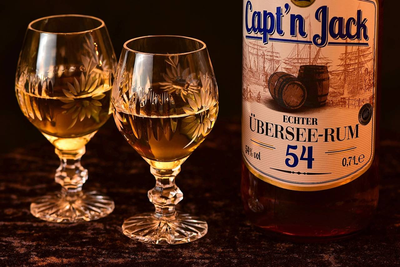
A liquor measuring scale is a well-known tool for serious bartenders. Most scales measure the liquor by volume and weight. There are also scales that measure alcohol by percentage.
The percentage scale uses milliliters or ml. For example, a shot of liquor is typically 30ml. Liquor measuring scales come in either beam or digital varieties. The beam is older but more popular among bartenders, while the digital varieties are modern and more accurate.
This blog post will go over how to use a liquor measuring scale.
How Does a Liquor Measuring Scale Work?
The first thing to know is that a liquor measuring scale isn't really a scale in the traditional sense of the word. It's a scientific instrument like a hydrometer that measures the gravity of liquids.
The gravity of a liquid is specifically measured against the density of a liquid relative to that of water. When the gravity of the liquid reads higher, it is denser. Knowing the specific gravity of a liquid helps to determine the alcohol percentage in the liquid as it's poured on the scale.
Each liquor measuring scale has different calibrations. Usually, a 1-1 scale works well to figure out how much alcohol is in a drink. The scale will measure the alcohol accurately. For example, a shot of vodka would be poured directly into the scale. The scale then reads the weight and registers it in milliliters. A 15ml measure of vodka would read as 1.5 on the scale.

What happens to a bar regular who’s been told you've just run out of their favorite alcohol?
Don’t ever disappoint your customers. Get the right tools of the trade.
Mistakes You Can Avoid With A Liquor Measuring Scale
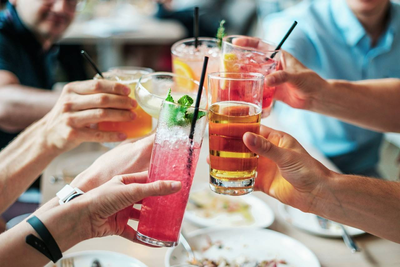
Investing in a liquor measuring scale can help curb mistakes as a bartender. Trying to pour an accurate amount from a bottle can be difficult, especially if the bottle contains a clear or light-colored liquor. Dark liquors are easier to measure but when accuracy counts, eyeballing the measurement isn't exact.
Using a liquor measuring scale is important to determine accuracy when mixing drinks. Different types of liquor also hold a different potency level. For example, gin is significantly higher in alcohol levels than vodka. Liquor measurement mistakes can be avoided when using a liquor measuring scale.
Why You Need a Liquor Measuring Scale
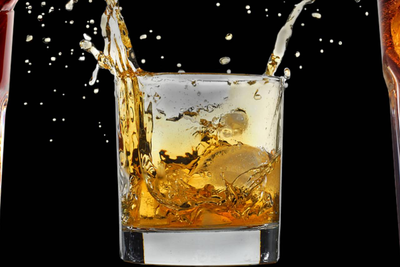
Cocktail recipes change every year and new concoctions come to menus all the time. Even the most seasoned bartender can slip up on a new recipe when the ingredients are complicated. That's why most bars use a liquor measuring scale.
The use of a scale makes sure a precise amount of liquor goes into a drink. To make a better cocktail, a specific ingredient list must be followed. This often comes down to weight and measurement. A liquor measuring scale is easier to work with when the recipe calls for a variety of ingredients.
A Liquor Measuring Scale is Error-free
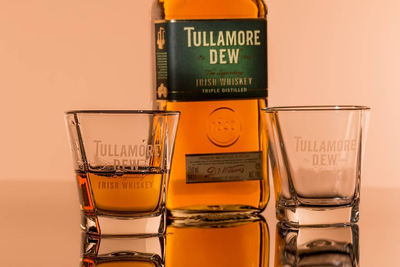
A liquor measuring scale helps create error-free cocktails. It is easy to use, and assists new bartenders in quickly learning recipes of the bar in order to make the perfect tasting drink.
The process is straightforward-
- Place an empty glass on the scale's weighing platform.
- Add the desired amount of liquor.
- Slide the appropriate weight on the scale until the reading matches the weight of the liquor on the scale.
- Slide the empty glass off the scale.
- Slide the cocktail shaker on the scale until the reading matches the weight of the cocktail on the scale.
- Add the desired volume of mixer.
- Slide the empty glass of the scale on the scale's weighing platform.
- In 2021, the U.S. had a total count of 60,138 bars and nightclubs
- Average revenue break-up for a bar or nightclub- Purchases 42.4%; Wages 29.4%; Rent & Utilities 5.6%
- States with the highest number of businesses in the Bars and Nightclubs industry
- New York (3,451)
- California (3,328)
- Illinois (2,773)
Source- www.ibisworld.com

Bar inventory management driving you insane?
Don't waste time measuring your bottles the old-fashioned way. Turn your business around with the right tools.
A Liquor Measuring Scale Saves Money
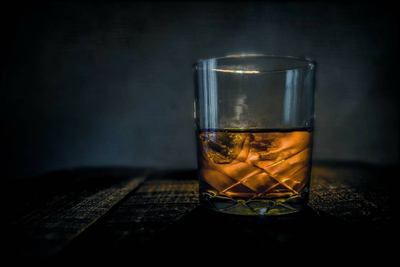
Case Studies have shown that liquor measuring scales behind the bar can save money. This is why many bars use a liquor inventory scale to keep their costs from rising.
When mixed drinks are measured out precisely rather than taking a guess, less liquor will be wasted. A bar manager will know exactly how much inventory they need to purchase so that nothing goes to waste.
The liquor measuring scale also helps determine how much cost per ounce a customer is paying for. Using a liquor measuring scale is easy and accurate enough to help bar owners save money on supplies.
A Liquor Measuring Scale Saves Time
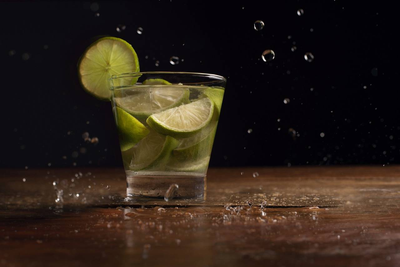
A liquor measuring scale can save time by knowing exactly how much volume is going into a mixed drink. The scales measure out the precise quantity of liquor a drink needs, allowing bartenders to work on several drinks at once. Most liquor measuring scales work in milliliters, fluid ounces, and ounces.
Liquor measuring scales also work well in the kitchen, with cooking recipes that call for liquor. A liquor measuring scale is a good investment for bar owners. But it can also serve confectioners, chocolatiers, and chefs who use liquor often in their cooking.

Bar bleeding you dry? Time you stopped wasting money on the wrong liquor.
Know your bar's bestsellers from its poor performers. Time you overhauled your inventory system.
